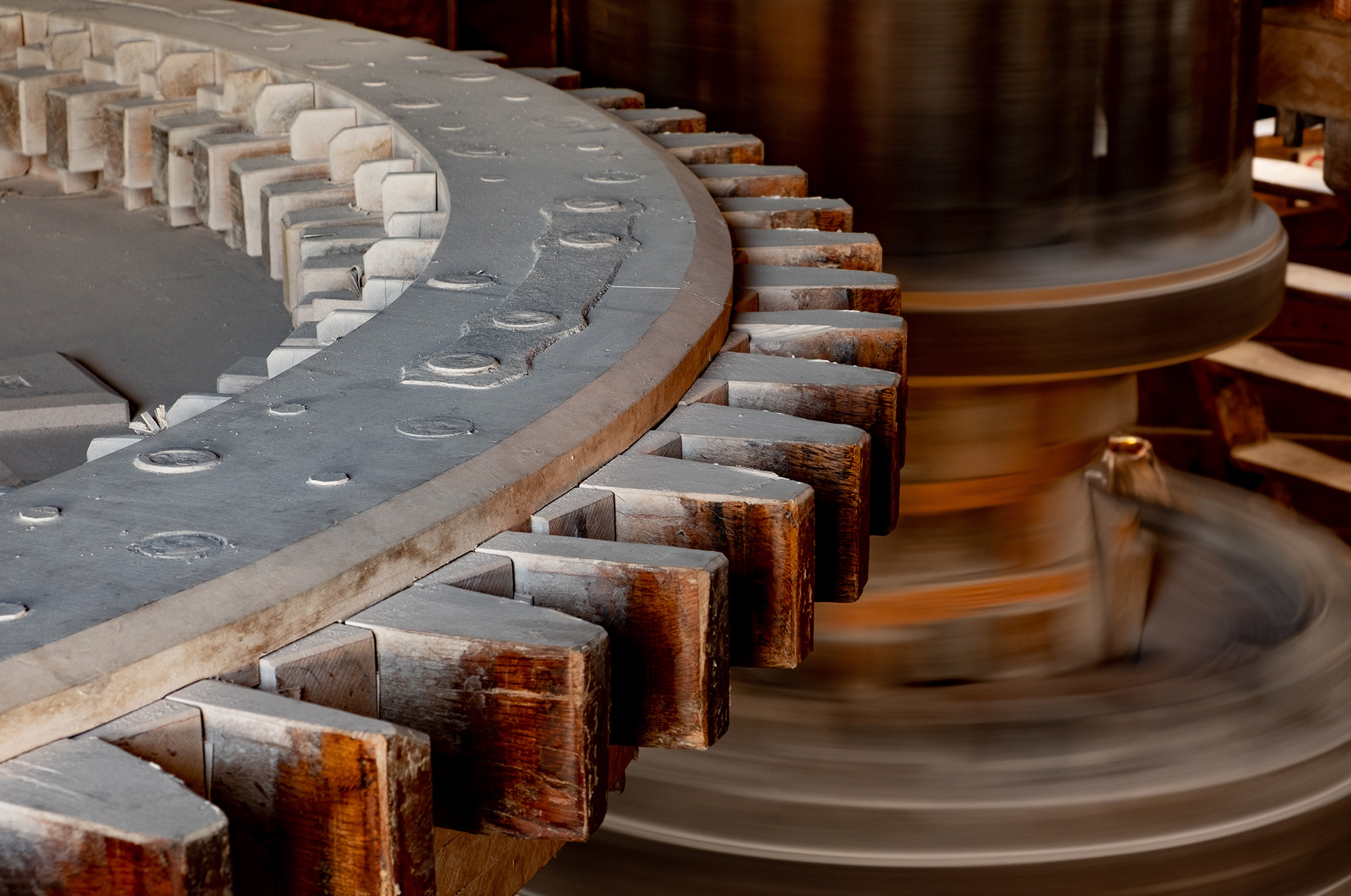Today we are announcing 48kHz will be the default sample rate in Cleanfeed, activated in the upcoming release of Chrome 84. If you know the importance of sample rate when it comes to digital audio, then this will be good news for broadcasters, producers and journalists using Cleanfeed.
Sample rate?
Capturing analogue audio and converting it to digital is quite a complex and time-critical process. A combination of the circuit on your sound card and computer processor is accurately capturing audio and converting it to a digital number. The term ‘sample rate’ is used to define how many times this is being done, every second, to capture frequencies of the audio spectrum.
The minimum sample rate required to accurately represent the full band of audible frequencies is 44100Hz (44.1kHz). This meant that 44.1kHz quickly became the deliverable standard for early digital media such as CDs, which needed to save space but also remain faithful at reproducing every audible frequency of a song when played on your Hi-Fi system.
48kHz to save the day
So why 48kHz? You may be asking yourself, it’s only a little more than 44.1kHz? Well without getting much in depth, the answer comes when this sample rate is used in reference with anti-aliasing filters; something more commonly used in professional post production workflows, when non-linear plugins, like compressors, are used. In fact, my favourite video on the Internet right now is one done by Dan Worrall, who explains this much better than I ever will. Give it a watch, I highly recommend it if you want to geek out and really understand sample rates and the effect of using higher sample rates. Near the end of the video he also touches on the differences between 44.1kHz and 48kHz.
The benefits have meant that 48kHz quickly became the de-facto sample rate used by broadcast professionals who wanted their audio represented accurately, but to also ‘hold up’ after it had gone through post production workflows. It struck the best balance between good quality, low CPU usage and space required on disk.
Cleanfeed & 48kHz
Today this sample rate has resulted in much more defined workflows for users. It is especially true when we look at the percentage of Cleanfeed users who already have audio devices already set to 48kHz. Over 96% of Cleanfeed users are already using devices set at 48kHz.
Over 96% of Cleanfeed users are already using audio devices set at 48kHz
48kHz has always been around in Cleanfeed. If users set their audio device to this sample rate, it meant recordings made in Cleanfeed were also delivered at this sample rate. This resulted in Cleanfeed quickly becoming the go to tool for professionals around the world, who wanted to capture high-quality audio over the Internet. It was also quickly championed by many, including a good friend of ours; Allan Tepper.
We hope this subtle change will continue ensuring more defined results. Closing the gap; and continuing to deliver high quality audio over the Internet for users.
